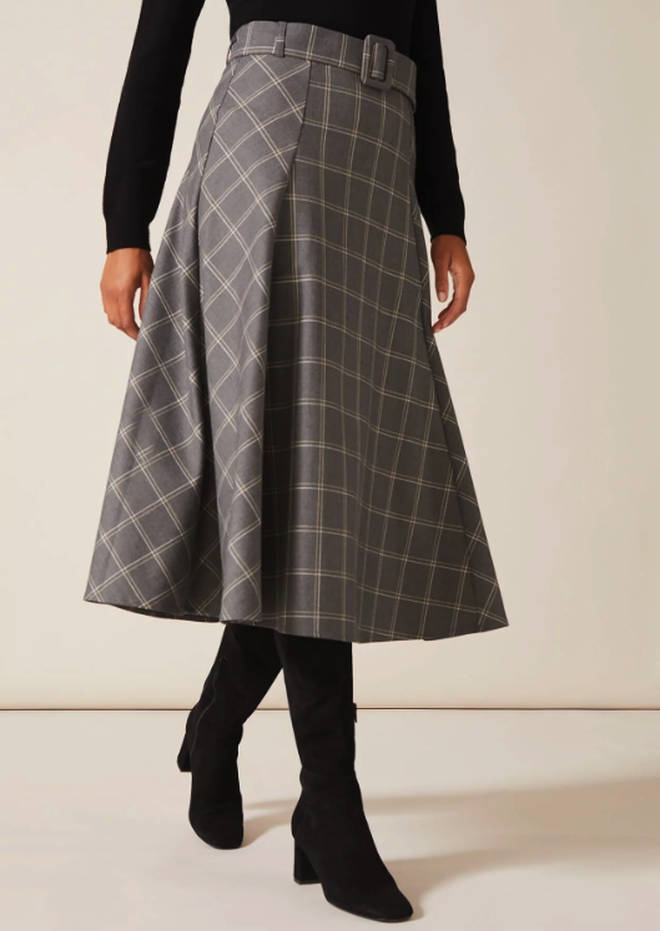How To Write Effective Briefs: Tips And Best Practices

Table of Contents
Understanding the Purpose of a Brief
Before diving into the structure and content, it's essential to grasp the fundamental purpose of a brief. A brief serves as a centralized document outlining all critical aspects of a project. It's the single source of truth, preventing ambiguity and ensuring everyone is working towards the same goals.
- Clearly define the objective: What specific outcome are you aiming for? This needs to be measurable and achievable. For example, instead of "increase brand awareness," aim for "increase brand awareness by 20% within three months, as measured by social media engagement and website traffic." This precise objective informs every subsequent decision.
- Identify the target audience: Who are you trying to reach? A detailed understanding of your target audience—their demographics, psychographics, needs, and pain points—is essential for tailoring your message and choosing appropriate channels. Thorough audience analysis is vital for all types of briefs, including marketing briefs and creative briefs.
- Set clear expectations: This includes deliverables (what needs to be produced), timelines (when it needs to be delivered), and key performance indicators (KPIs) for success measurement. This helps avoid scope creep and keeps the project on track.
Bullet Points:
- Start with a concise overview of the project's goals, providing a high-level summary.
- Explain the background and context of the project, including relevant history and any previous work.
- Define the scope of the project explicitly, specifying what is included and, equally importantly, what is excluded.
- Highlight key performance indicators (KPIs) and how success will be measured. These could include website conversions, sales figures, or brand mentions.
Structuring Your Brief for Clarity
The structure of your brief is just as important as its content. A well-structured brief is easy to navigate and understand, minimizing the risk of miscommunication.
- Use a consistent format: Maintain a logical flow of information, using a consistent format throughout the brief. A standard template can be incredibly helpful here.
- Employ clear and concise language: Avoid jargon, technical terms, and overly complex sentences. Write in a style that is accessible to everyone involved, regardless of their background.
- Visual aids: Incorporate charts, graphs, and images where appropriate. Visuals can significantly improve comprehension and engagement, especially in design briefs and marketing briefs where visuals are central.
Bullet Points:
- Use headings and subheadings to organize information into digestible chunks.
- Numbered lists and bullet points improve readability and make information easier to scan.
- Include visuals (such as mood boards, style guides, or competitor analysis) to enhance understanding and engagement.
- Keep it concise – avoid unnecessary details or fluff. Focus on the essentials.
Key Information to Include in Your Brief
A comprehensive brief should include all the necessary information for the project team to understand and execute the work effectively.
- Project overview and background: Provide essential context, outlining the project's purpose and its relevance to the wider strategy.
- Target audience analysis: Offer a detailed profile of the target audience, including their demographics, psychographics, and media consumption habits.
- Objectives and goals: Clearly state the project's objectives and goals, making them Specific, Measurable, Achievable, Relevant, and Time-bound (SMART).
- Key messages and brand guidelines: Ensure consistency with existing brand guidelines and messaging. Include examples where helpful.
- Timeline and deliverables: Set clear expectations for deadlines and deliverables, using a Gantt chart or similar visual aid if appropriate.
- Budget and resources: Clearly outline the budget allocated to the project and the resources available.
Bullet Points:
- Provide a detailed description of the project's scope, leaving no room for ambiguity.
- Include relevant market research data to support your decisions and demonstrate thorough preparation.
- Specify desired outcomes and metrics for measuring success.
- Outline the creative direction and any existing brand guidelines, including tone of voice and style.
- Establish a realistic timeline with key milestones and deadlines.
- Clearly state the budget allocated to the project and any constraints.
Review and Refinement of Your Brief
Creating an effective brief is an iterative process. Review and refinement are critical steps to ensure clarity and accuracy.
- Peer review: Have colleagues review your brief for clarity, completeness, and accuracy. A fresh pair of eyes can identify potential problems you might have missed.
- Client review (if applicable): Ensure alignment with client expectations and gather feedback before proceeding. This prevents costly revisions later.
- Iterative process: Be prepared to revise and refine your brief based on feedback received. This is a crucial step in creating a truly effective document.
Bullet Points:
- Proofread carefully for any grammatical errors or typos. Accuracy is vital for professionalism.
- Seek feedback from multiple stakeholders (including designers, marketers, and clients) to identify areas for improvement.
- Be open to suggestions and revisions based on feedback – the goal is collaborative refinement.
- Ensure the final brief is clear, concise, and easy to understand for everyone involved.
Conclusion
Writing effective briefs is a vital skill for anyone involved in project management and creative collaboration. By following these tips and best practices for creating detailed, well-structured, and clearly written project briefs, you can significantly improve communication, collaboration, and ultimately, project success. Remember, a well-crafted brief is the foundation for a successful project. Start writing effective briefs today and watch your projects thrive! Mastering the art of writing effective briefs will streamline your workflow and lead to consistently superior results. Start crafting those effective briefs now!

Featured Posts
-
 Swiss Village Evacuated Amidst Landslide Threat
May 23, 2025
Swiss Village Evacuated Amidst Landslide Threat
May 23, 2025 -
 Essen Verrueckt Nach Eis Die Beliebteste Sorte In Nordrhein Westfalen
May 23, 2025
Essen Verrueckt Nach Eis Die Beliebteste Sorte In Nordrhein Westfalen
May 23, 2025 -
 Kazakhstan Defeats Australia In Crucial Billie Jean King Cup Qualifier
May 23, 2025
Kazakhstan Defeats Australia In Crucial Billie Jean King Cup Qualifier
May 23, 2025 -
 Shop Cat Deeleys Chic Phase Eight Midi Skirt This Mornings Style Hit
May 23, 2025
Shop Cat Deeleys Chic Phase Eight Midi Skirt This Mornings Style Hit
May 23, 2025 -
 Kieran Culkin Confirmed For Caesar Flickerman Role In Hunger Games Prequel
May 23, 2025
Kieran Culkin Confirmed For Caesar Flickerman Role In Hunger Games Prequel
May 23, 2025
